Blogging on Medium vs Self Hosted Blog
Why I stopped blogging on Medium and moved to a static, self hosted blog.

Most people stop blogging on Medium because:
- You don’t “own” your traffic because your blog is on medium.com
- You have less control of converting traffic
- Medium promotes other peoples’ articles on your own articles
- More readers are dedicated to Medium than dedicated to you
For me, the switch wasn’t about the “building a house on rented land” aspect. I was early to Medium publications so I could use my custom domain (regpaq.com) on Medium. Thankfully I got in before they removed this feature so I shouldn’t lose any rankings since I’m still on the same domain.
So what made me want to stop blogging on Medium? The stats.
Medium’s stats are broken and very limited. I want to be able to see three things for a given period of my choosing. How much is my traffic growing? What’s the distribution of traffic between pages? Where is that traffic coming from? This isn’t possible on Medium.
The Problems with Medium Stats
There’s one huge problem with Medium stats. They include views of your comments on other people’s articles in your view count! And there is no way to filter them out. So no, you can’t see how many total views just your articles received over time.
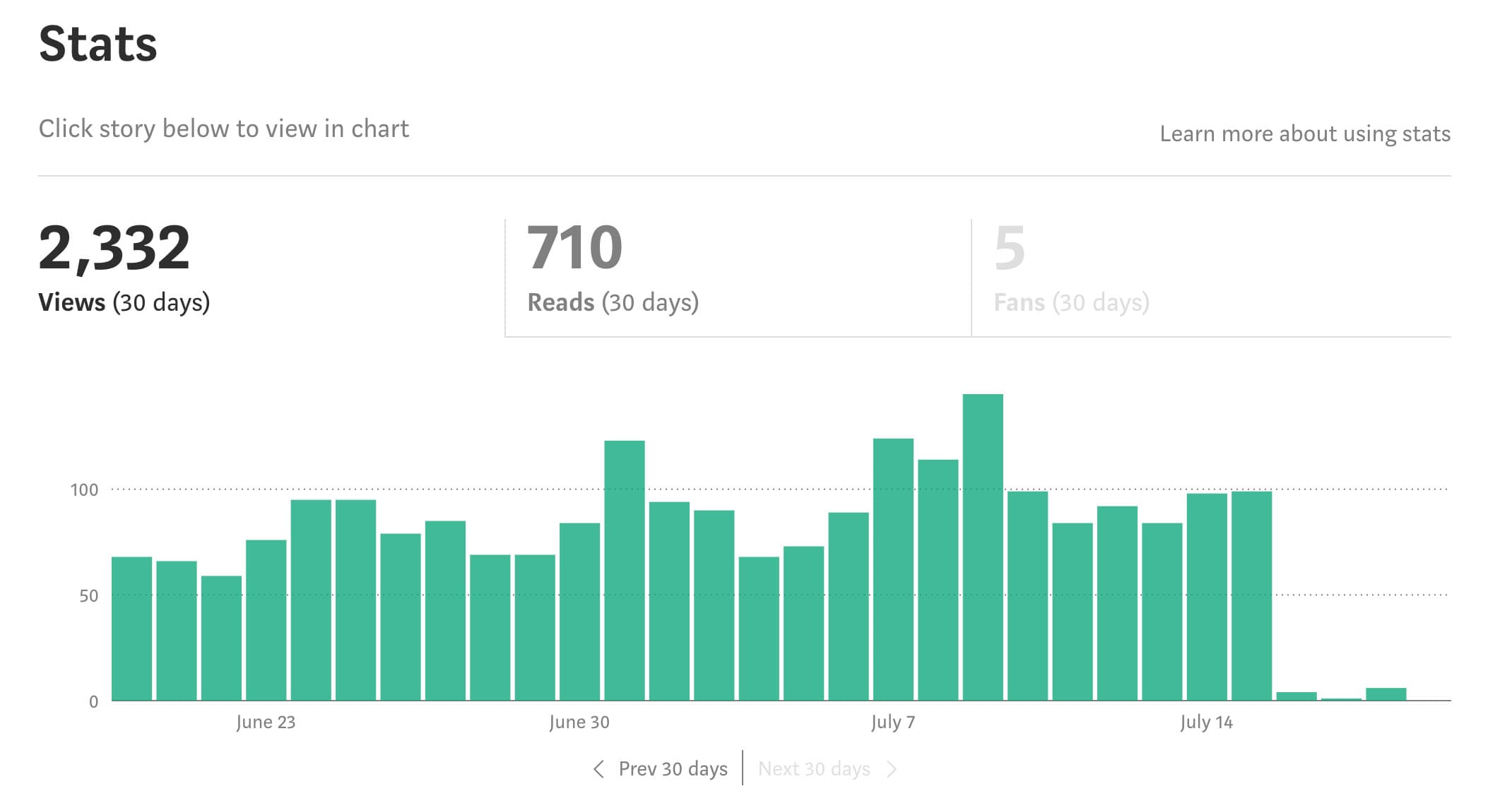
The other major problem is you can only view your traffic in 30 day windows. If you got a lot of views one day, you can’t look at just that day’s traffic and see what pages got the most views or where that traffic came from.
Above the graph, Medium suggests you can click a story to see stats for just that story. Unfortunately, when you click on a story it loads a new page and takes five seconds to load. So you have to click each individual story one by one to uncover which story went “viral” and racked up the most views on a big traffic day.
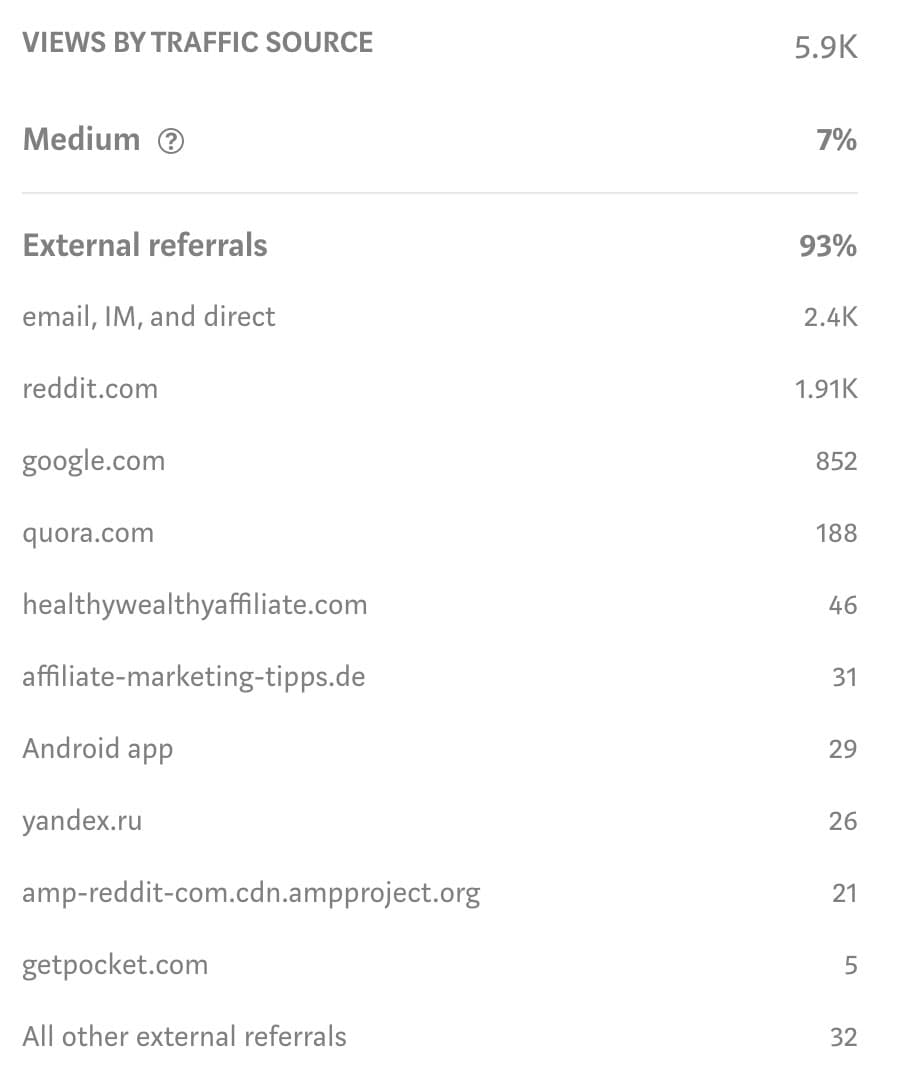
Inside an individual story’s stats, you can see the list of referrers. But only the domain. In the above example, I can’t see which Reddit threads are talking about my article! Which means I can’t see what people are saying and jump in the conversation.
When I first started blogging on Medium, I knew the stats were limited, but I didn’t know by how much. The reason I moved to Medium in the first place was because I wanted simplicity. I wanted simple metrics. I didn’t want to fiddle with the design. I didn’t want to mess with plugins. I wanted a better editor than WordPress. I just wanted to write. But now things have changed.
Limited Customization on Medium
One of the biggest pros of blogging on Medium is that the design is all done for you. You don’t have to worry about it. It’s always better to write and publish more than to fiddle with the design. What changed for me was a massive increase in interest in learning HTML and CSS. By moving off of Medium, my blog is now a showcase for my design and dev skills.
That’s why I didn’t go back to WordPress and instead used Jekyll, a static site generator. It was a much bigger process than I anticipated. I designed the site in Adobe XD then developed it. The end result is a blog I designed and I developed with articles I wrote and I illustrated. It’s a culmination of many of my skills in a single project.
Static Sites are Fast
Another benefit to a static site is the speed. Because WordPress and Medium use a database, it loads much slower. Here is the Pingdom page speed and Google score comparison of the same article on Medium versus the current static site.
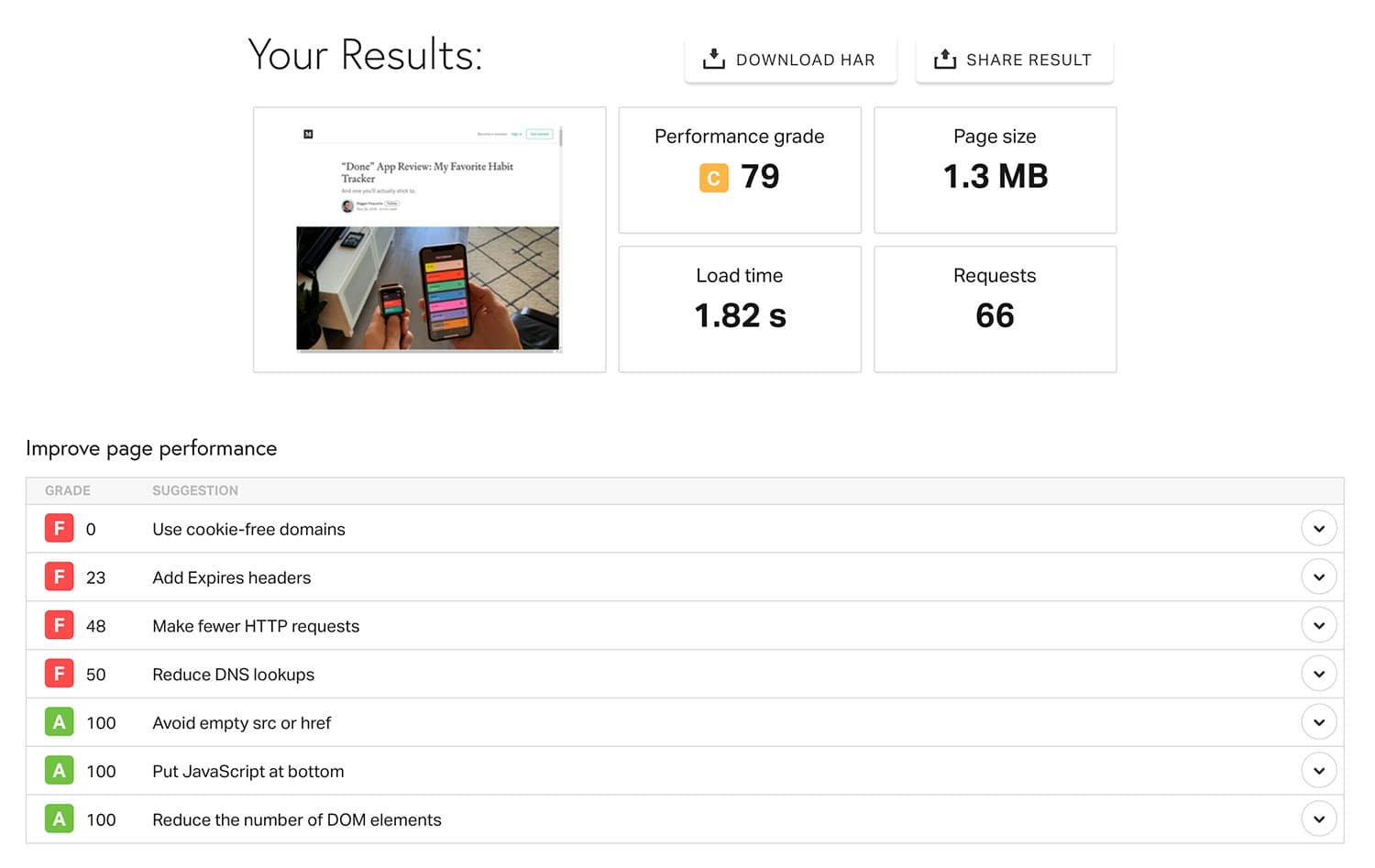
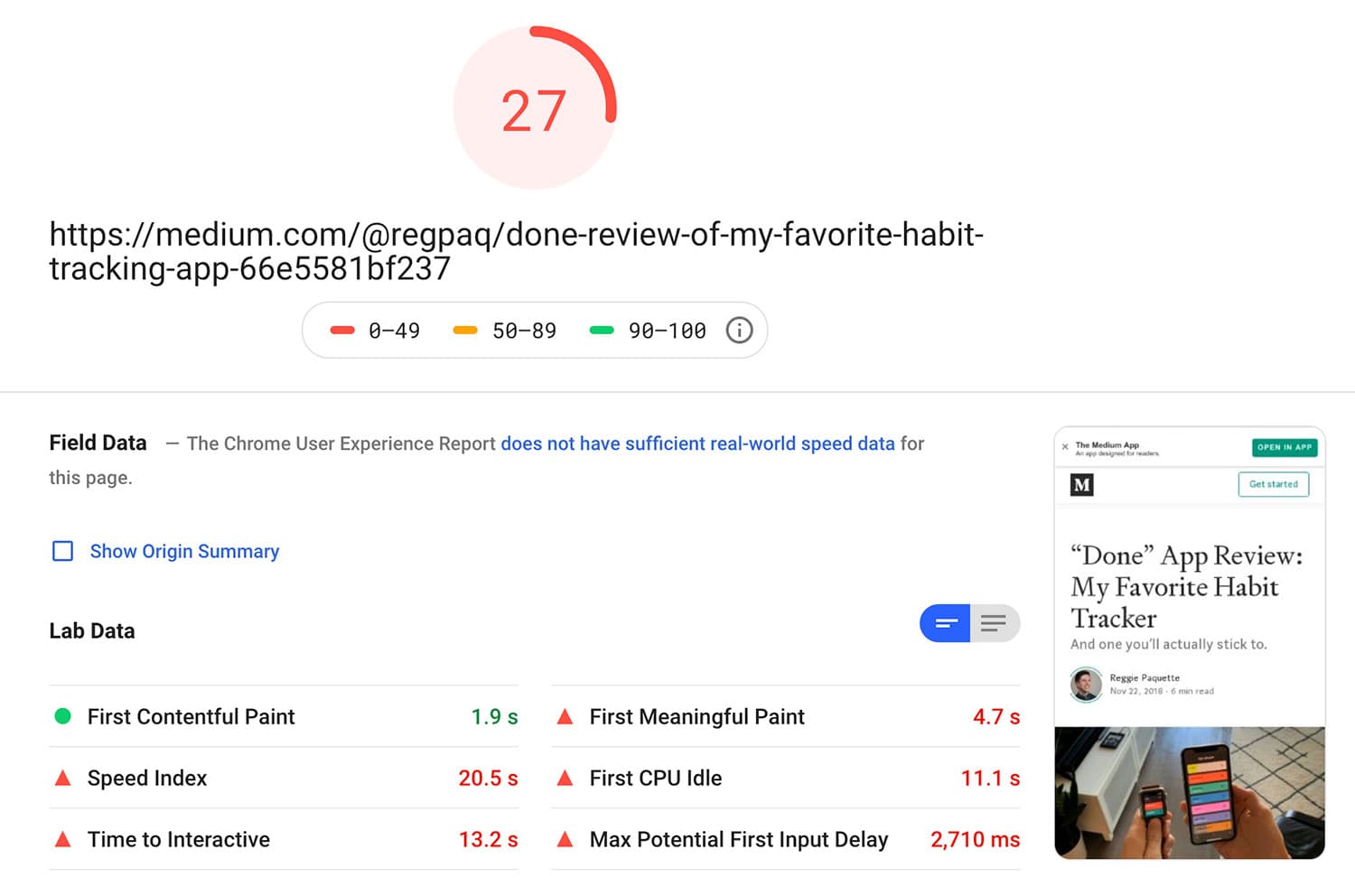
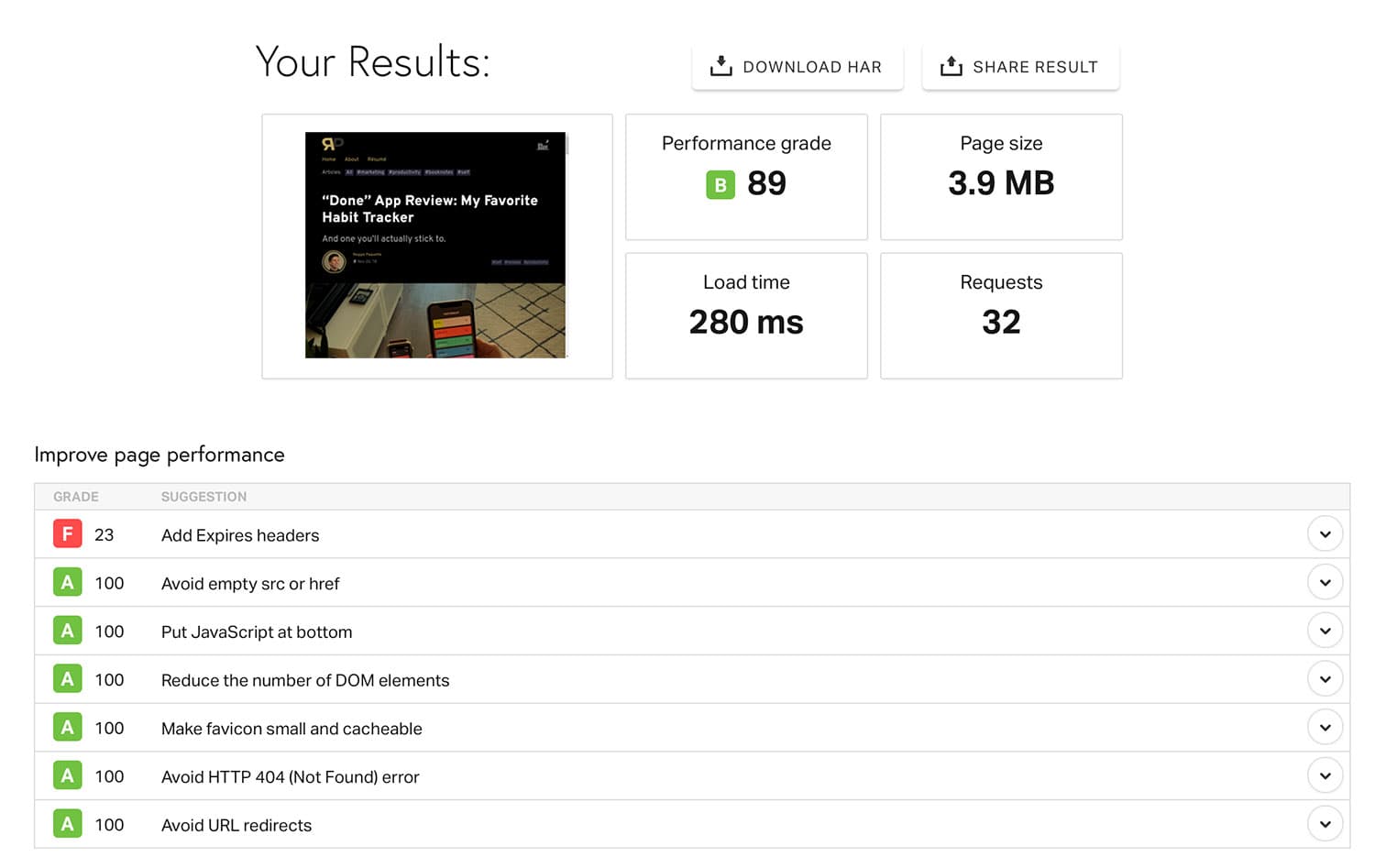
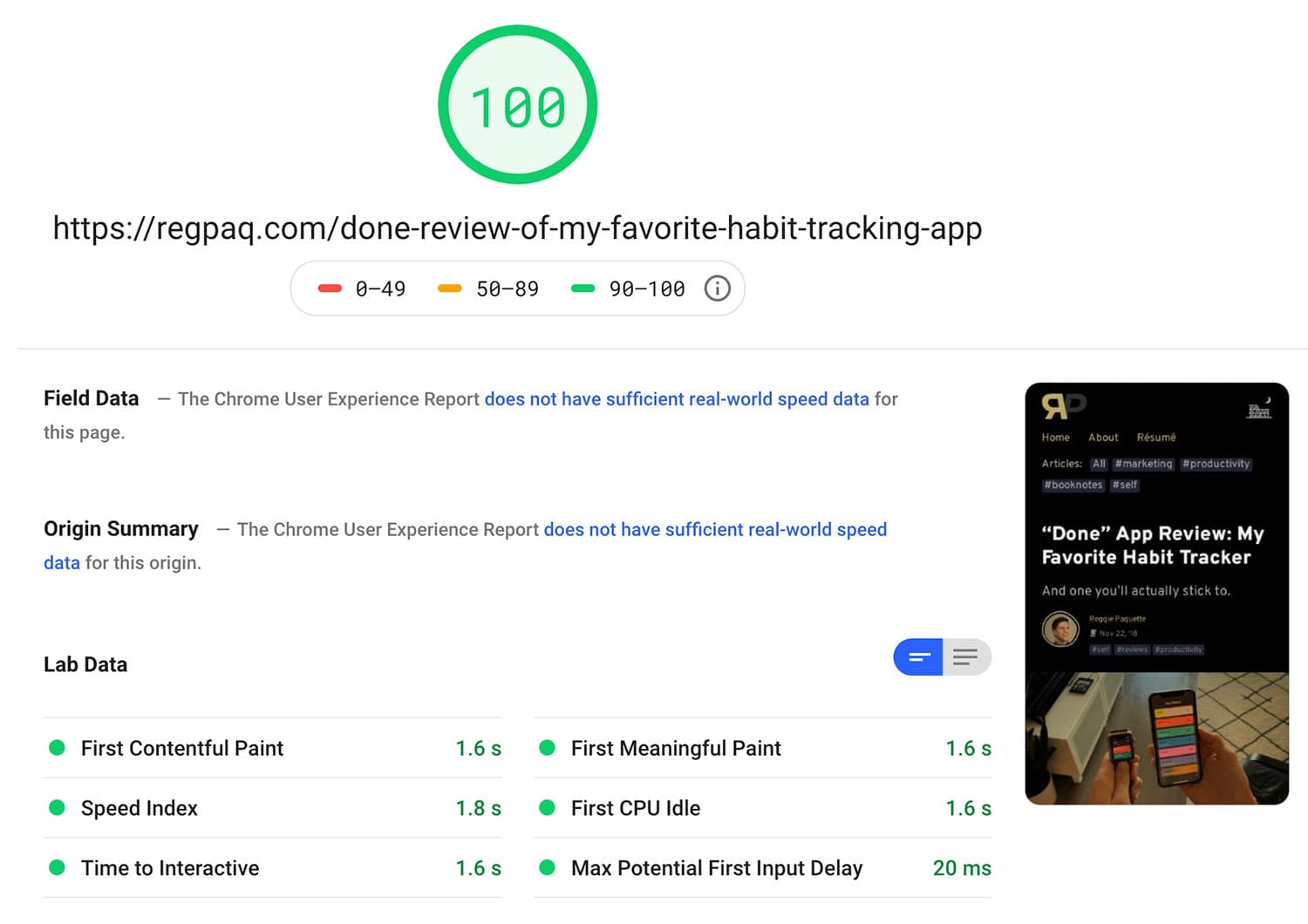
The static site is a massive improvement for speed - even without any image optimization. This should improve the bounce rate and thus increase organic rankings. But because people know what to expect when they land on a Medium-designed article, it’s possible the new design increases the bounce rate. I’ll never know for certain because you can’t measure the bounce rate on Medium.
There’s one catch here about the speed of my site. I’m using Netlify’s new Analytics, which is a server side analytics solution. It measures at the server level so it’s not adding an extra request to the page, like Google Analytics would. The problem is Netlify’s Analytics is even worse than Medium’s so I’ll be switching to Google Analytics or Clicky.
What I’ll Miss About Blogging on Medium
Medium’s coolest social feature is “claps.” If people like your article, they can clap for it up to 50 times. It’s nice to get and give claps, but it does have a downside. Medium syndicates and recommends articles to other users based on how many claps it gets. This made me too focused on claps. I even joined three Facebook groups where people just clap for each others’ articles. It’s a stupid game.
I’ll also miss comments until I can figure out a solution. Because static sites don’t have databases, comments are difficult to add. I don’t want to use something like Disqus, which increases load time and prevents me from “owning” the content.
I won’t miss Medium’s distribution. I never got any meaningful distribution. I could have written more content for more claps, but I didn’t want to play that game. I want to write what I want to write about.
Now onto finding which analytics tool I’m going to use.
You might also enjoy
-
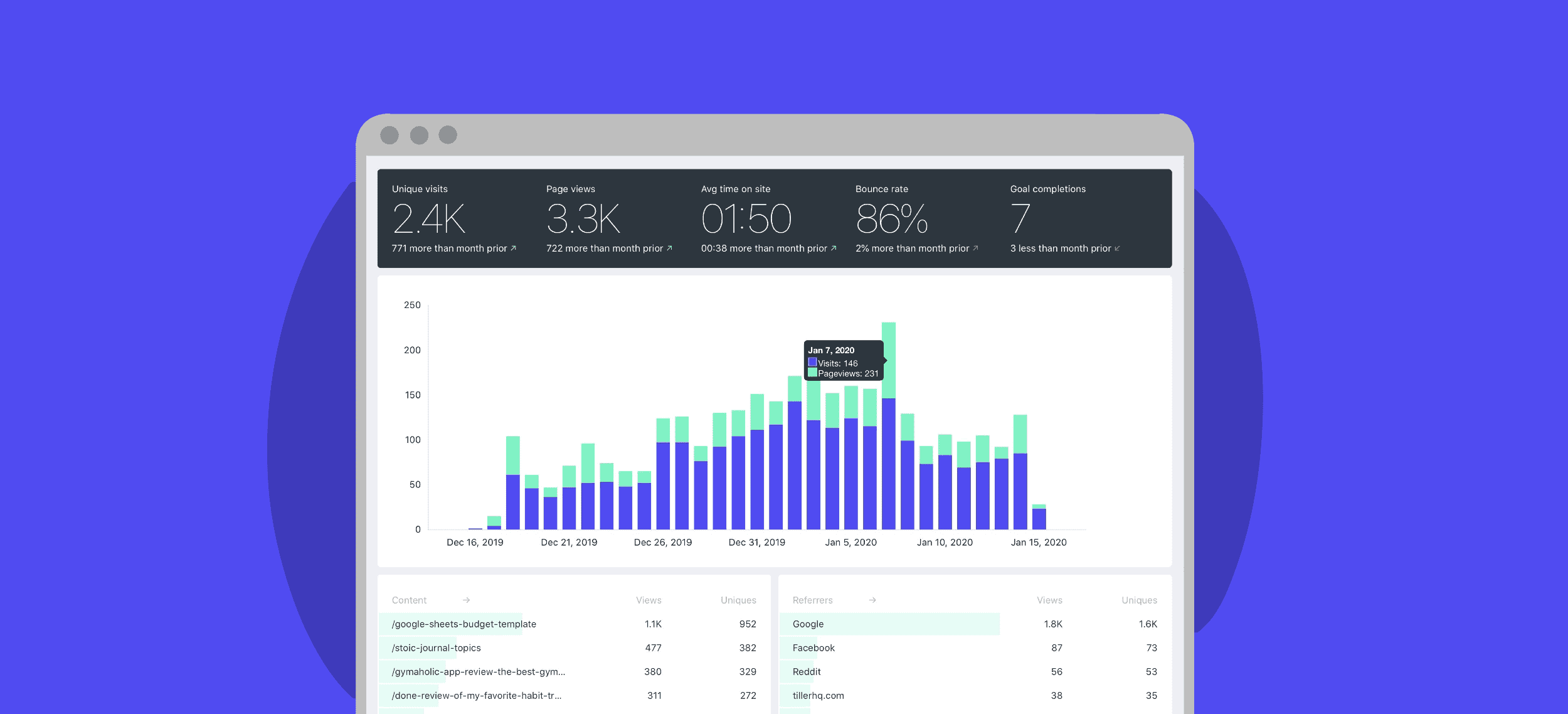
Fathom Analytics Review (From a Marketer)
The privacy-focused, Google hating, indie analytics company. Is it worth switching?
-
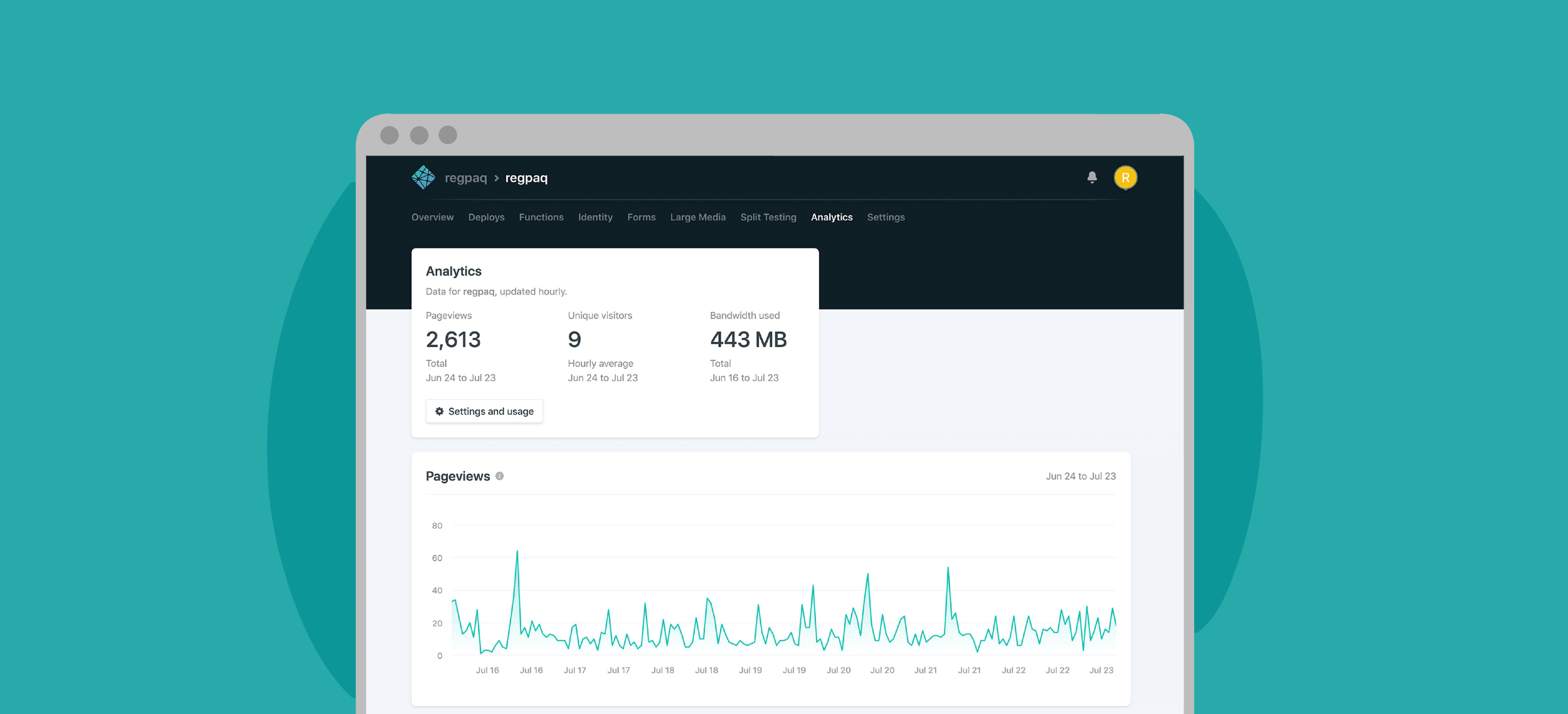
Netlify Analytics Review (From a Marketer)
Is it everything the industry has been waiting for?
-

I got this from a client: “I was expecting a lot more from you.”
That’s what a client told me to my face in a meeting.
-

I Made $317 / Mo. From Two Amazon Niche Sites Last Year
And here’s how I did it.
Never Miss an Article
Get notified by email when I publish a new article.
